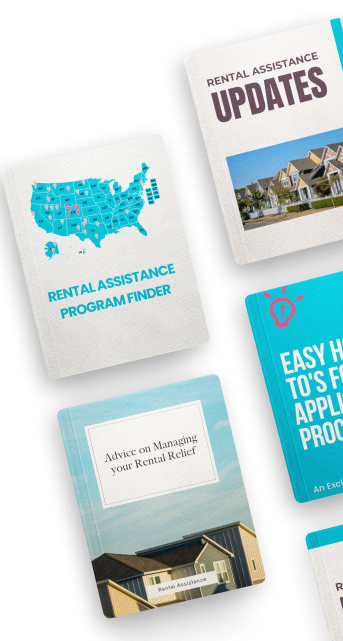
The State of Eviction Prevention in the U.S.: A Comprehensive Overview
From rental assistance to legal support, these efforts were designed to help those at risk of losing their homes during such uncertain times.
However, as the pandemic has waned, so has the availability of federal support, leading to a concerning rise in evictions nationwide.
Eviction Prevention: Measuring Progress and Setbacks
In response to this growing issue, The National League of Cities (NLC) in collaboration with Stanford Law School's Legal Design Lab, created the Eviction Prevention Policy and Program Tool. This innovative tool aims to provide elected officials, city staff, nonprofits, and researchers with a clearer understanding of the local efforts to combat evictions across the country.
As of its latest update in 2025, the tool showcases over 800 eviction prevention policies and programs, marking an expansion from its initial 2022 report which covered 200 cities. This growth signals a broadened commitment to tackling eviction head-on.
Financial Assistance: A Decreasing Safety Net
During 2021 and 2022, state and local governments distributed a staggering $46.6 billion in Emergency Rental Assistance (ERA) funding to keep over 10 million renter households stable.
This massive effort is believed to have prevented millions of evictions. Yet, by 2025, only 12% of surveyed cities still had active rental assistance programs—a stark drop from 28% in 2022.
Policy Shifts: Registries and Legal Aid
One of the notable changes since the pandemic's peak is the adoption of rental registry policies. In 2025, 162 cities were reported to have such policies, nearly doubling the count from 84 in 2022. These registries are seen as a pivotal step in maintaining tenant protections.
Conversely, there's been a decline in cities offering legal representation to tenants facing eviction. From 37 cities providing such support in 2022, the number plummeted to just 11 in 2025. This decrease points to a growing gap in essential legal protections for at-risk renters.
The Present Challenge
Despite an increase in the overall number of eviction prevention policies and programs from 2022 to 2025, the effectiveness and reach of these efforts seem diminished.
With evictions on the rise, many cities appear to lack the necessary resources or policies to effectively combat this trend.
Looking Forward: The Critical Need for Continued Support
The findings underline a crucial need for cities to receive ongoing and robust funding to prevent evictions. Maintaining stable housing not only serves the immediate needs of vulnerable populations but preserves the infrastructure and strategies developed during the pandemic designed to support them.
Conclusion
The current state of eviction prevention in the U.S. illustrates both strides made and the challenges ahead. As cities face dwindling resources and rising evictions, the call for sustained support and innovative prevention strategies has never been louder.
It's a pivotal moment for communities nationwide to reassess and reinforce their commitment to keeping every resident safely housed.
This situation begs for a collective push toward more resilient and inclusive housing policies that can withstand the aftermath of the pandemic and beyond, ensuring that no one is left behind in the quest for stable, accessible housing.
-
Find programs that help with rent by signing up here











